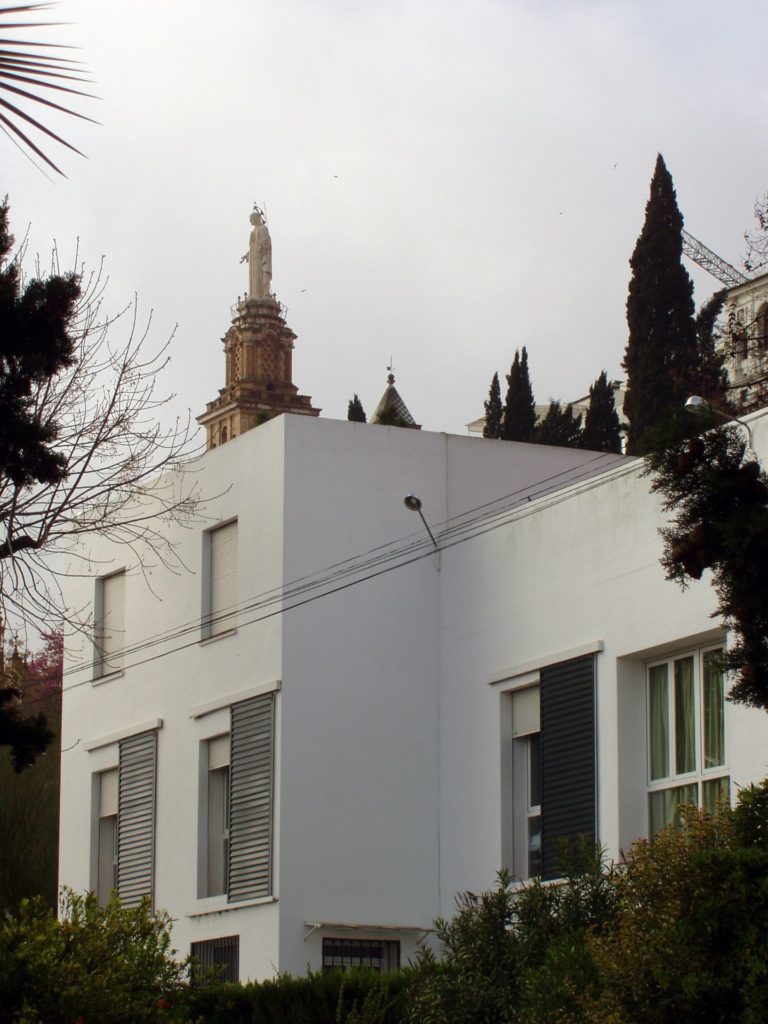Abstract
The Hochschule für Gestaltung Ulm was a design school which began its work in the context of Federal Germany after World War II. Based on the teachings of the Bauhaus, its achievements are however an evolution of design education, which until then was considered a branch of the applied arts. These achievements were rooted in the ideology of the school which, beyond simply shaping objects for use, sought to solve the structural problems of designing for an environment and to realize formal solutions. Its founders drew from artistic trends such as concrete art, which, growing from other trends such as Constructivism, had a deep interest in the social participation of the artist; they viewed art not just as the expressive activity of the artist or a representation of the world, but as the possibility of creating new forms that shape the environment in all areas of aesthetic formalization: painting, poetry, architecture and design. Both the Swiss artist Max Bill and the Argentine Tomás Maldonado, together with Otl and Inge Aicher, influenced the consolidation of teaching at the School of Ulm. The School sought to integrate itself into the scientific and technical context of the time, and evolved towards aesthetic positions close to information theory, incorporating leading representatives of this philosophy, such as Max Bense and Abraham Moles. Tomás Maldonado was the chief proponent of this development until the closure of the school in 1968.
Access the thesis











